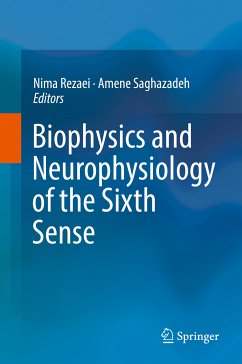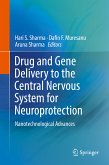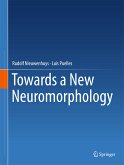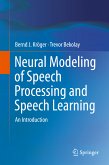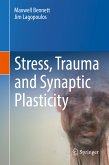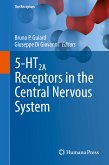The book does not aim to constitute definite edges of the sixth sense, but it is to say here that the sixth sense is the result of a break in our present property. The present property is produced from integration of five common senses by the neuro-immuno-endocrine system. Thereby, mental representations of multisensory integration that primarily occur in the brain can reach throughout the body, including the heart and gut. Unconscious thought through synchronization between spatially distant brain networks would help break our present property. It would be a felicific calculus for society people to peek around the forgotten, but real life, corners through which the book "Biophysics and Neurophysiology of the Sixth Sense" seeks to explore.
Dieser Download kann aus rechtlichen Gründen nur mit Rechnungsadresse in A, B, BG, CY, CZ, D, DK, EW, E, FIN, F, GR, HR, H, IRL, I, LT, L, LR, M, NL, PL, P, R, S, SLO, SK ausgeliefert werden.

